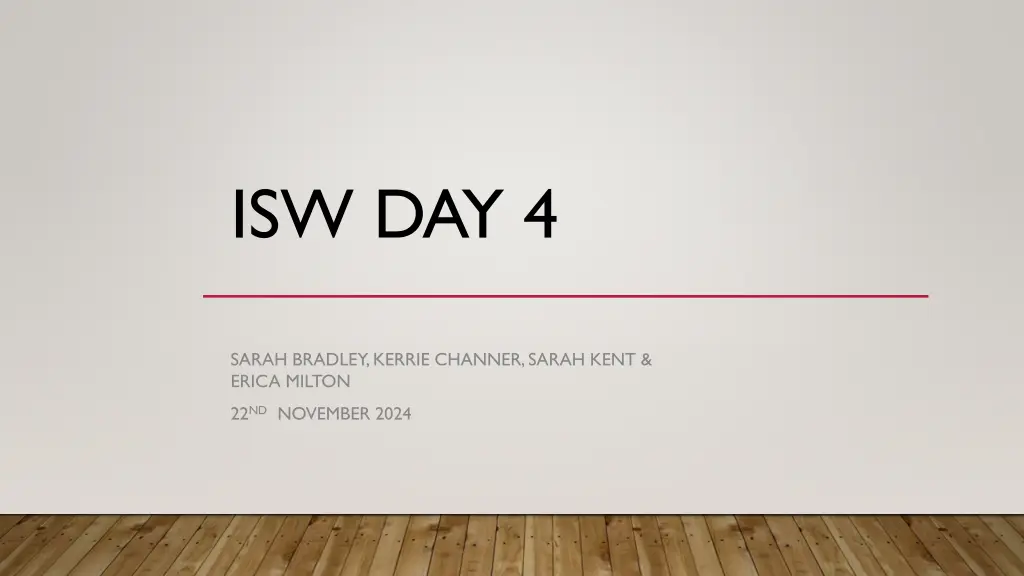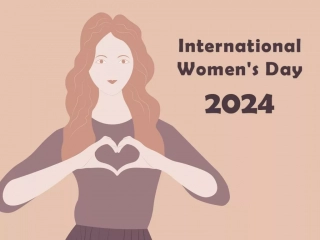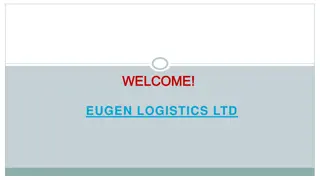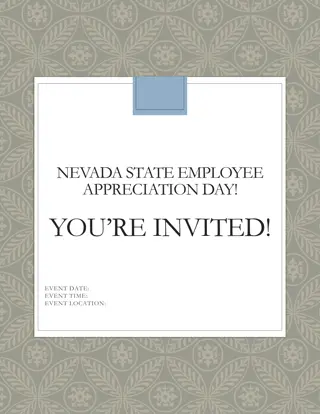
Effective Supervision Techniques for Professional Development
Explore the key objectives and activities from the ISW Day 4 workshop, focusing on learning review, PBL exercises, supervision methods, trainee support, and further development planning. Gain insights into portfolio submission requirements and diverse supervision approaches.
Download Presentation

Please find below an Image/Link to download the presentation.
The content on the website is provided AS IS for your information and personal use only. It may not be sold, licensed, or shared on other websites without obtaining consent from the author. If you encounter any issues during the download, it is possible that the publisher has removed the file from their server.
You are allowed to download the files provided on this website for personal or commercial use, subject to the condition that they are used lawfully. All files are the property of their respective owners.
The content on the website is provided AS IS for your information and personal use only. It may not be sold, licensed, or shared on other websites without obtaining consent from the author.
E N D
Presentation Transcript
ISW DAY 4 SARAH BRADLEY, KERRIE CHANNER, SARAH KENT & ERICA MILTON 22NDNOVEMBER 2024
AIMS OF THE DAY To review learning and development. To engage in the PBL exercise. To consider various methods of supervision. To consider how to get the best out of your trainee. To plan for further learning and development .
CHECKLIST FOR PORTFOLIO SUBMISSION ISW 2024 Self Evaluation of Learning Outcomes Questionnaire (Days 1 and 4). Peer supervision contract (and reflection on this). Goal Attainment Scaling Exercise (was set at workshop 1 and review progress at workshop 4). A record of the Problem-Based Learning exercise, completed on Day 4 of the workshops.
CHECKLIST FOR PORTFOLIO SUBMISSION ISW 2024 (CONT D) A reflective log containing 3 x 500 word personal accounts considering: 1. An issue of difference and diversity 2. The relevance of a theoretical model of supervision 3. An ethical aspect of supervisory practice
CHECKLIST FOR PORTFOLIO SUBMISSION ISW 2024 (CONT D) Structured feedback from someone you have supervised during the course of the programme using: Supervisory Relationship Questionnaire (SRQ) x 2 (This can be in the short or long form) plus reflective commentary OR Leeds Alliance in Supervision Scale (LASS) x6 occasions plus reflective commentary. Plus: Feedback from your supervisor of supervision, based on observation X2 (using the provided form).
REVIEW OF LEARNING AND DEVELOPMENT Consider your learning so far. What do you need to happen by the end of today?
METHODS IN SUPERVISION What are the different methods you can use in supervision (in theory)?
CREATIVE APPROACHES TO SUPERVISION (SCAIFE, 2019 CHAPTER 10) Metaphor and imagery. Writing and drawing. Using objects in visual supervision. Sociograms. Sculpting. Action methods (e.g. role-play).
SOME FURTHER IDEAS... Modelling different approaches within supervision and/or different theoretical techniques. The use of different models, e.g. the core qualities model, Beinart s model of supervision. Behavioural techniques and experiments. Different activities/roles to see people in a different light. Using the supervisee as the supervisor. Use of recordings in supervision.
METHODS IN SUPERVISION In practice, which methods might you use (and not use) and why?
INTERPERSONAL PROCESS RECALL Developed by Kagan in the 60s 90s. Method of using recordings to review the work to help people gain insight. The aim is to help individuals identify reactions that they were not aware of at the time.
INTERPERSONAL PROCESS RECALL The value of IPR in supervision is based on the assumption that clinicians have a wealth of information that they fail to acknowledge or use productively, and that sessions devoted to uncovering these clinically important impressions and making them explicit in language help supervisees to become aware of messages that they denied or ignored or had previously not perceived Scaife 2009
INTERPERSONAL PROCESS RECALL The role of the ENQUIRER is central. The supervisee has the control. The focus is on the here and now of the recording, not on the here and now. There are a number of questions that can be asked to help facilitate learning. Example video on extranet
THE USE OF METAPHORS IN SUPERVISION EXERCISE Visually represent an issue in your current work life (with a service user, team, group, manager, colleague). In pairs, use this visually represented metaphor to supervise your colleague on this issue.
GETTING THE MOST OUT OF YOUR SUPERVISEE Part 1 What was the most useful thing YOU did on placement For your learning about the role(s) of psychologists That contributed to the wellbeing of service users That contributed to developing a service (and therefore helped your supervisor)
GETTING THE MOST OUT OF THE SUPERVISORY RELATIONSHIP Part 2 What can you take from this in your current situation (service/department/team) to create a learning opportunity that also supports your work win-win . Part 3 Share what you can about your favourites.
ACTION PLANS Consider your learning over the next few months. What would you like to be different? How can you ensure this happens? Consider using Goal Attainment Scaling
WAYS TO STAY CONNECTED Selection shortlisting. Subcommittees. ASW and PQT. All the Mentoring options.
EVALUATION Please complete: - The learning objectives questionnaire - The Goal Attainment Scaling - The training evaluation form






















